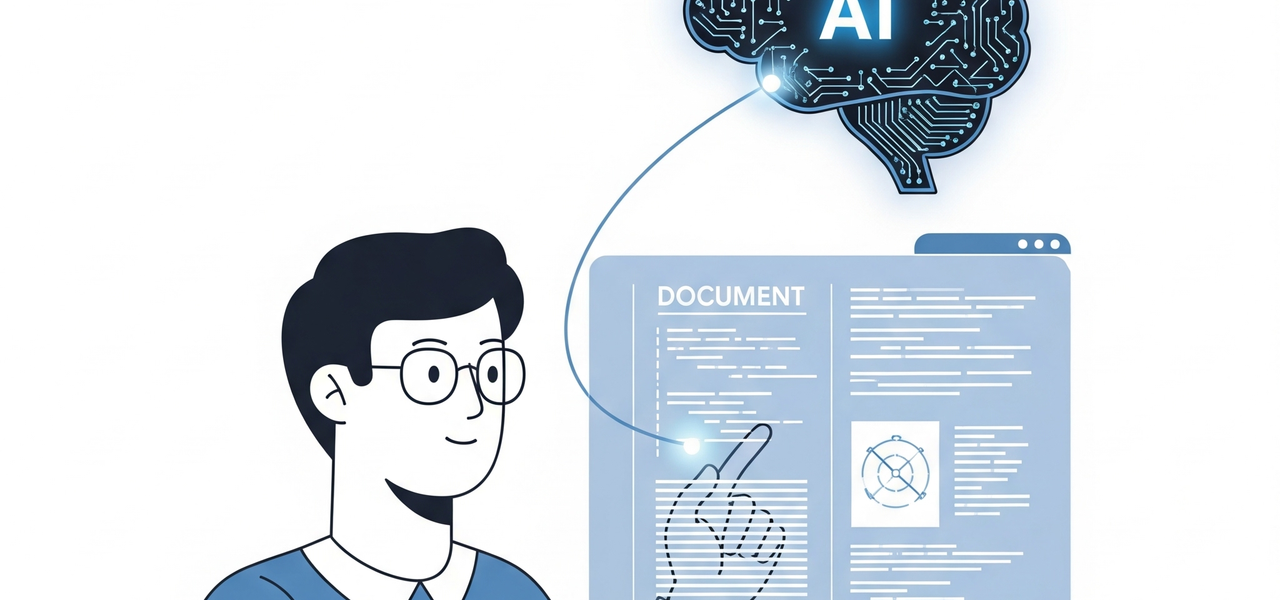In recent years, artificial intelligence (AI) has brought major changes to many fields — from content creation to customer service. Technical writing is one of the areas most affected by this transformation. Today, the tools technical writers use, documentation processes, and even the future of the profession are being reshaped by AI technologies.
1. Automation and Efficiency
AI-powered tools speed up repetitive tasks such as:
- Generating document drafts,
- Detecting errors and inconsistencies,
- Simplifying translation and localization processes.
This allows technical writers to focus more on strategy and content quality rather than routine work.
2. Intelligent Content Creation
AI enables documentation to become more dynamic and user-centered. Systems that can provide content suggestions based on users’ past behavior are paving the way for personalized documentation.
3. Error Reduction and Consistency
One of the most common problems in technical writing is inconsistent terminology. AI-assisted writing tools automatically detect such issues, ensuring higher consistency across documents.
4. Demand for New Skills
AI will not eliminate technical writing, but it will change its nature. Technical writers are now expected to be more than just “good writers.” They need to be professionals who can:
- Use AI tools effectively,
- Analyze data,
- Create content with a UX (user experience) perspective.
5. Ethical and Reliability Concerns
While AI improves speed and efficiency, accuracy still requires human oversight. Incorrect information, missing context, or misleading content can easily spread if left unchecked. For this reason, AI should always be used as a supporting tool, with the final approval coming from a human writer.
Conclusion
AI is making technical writing faster, more efficient, and more user-friendly. However, it does not replace human expertise — it complements it. In the future, successful technical writers will be those who can leverage AI technologies effectively while ensuring accuracy, usability, and a strong focus on the user experience.
